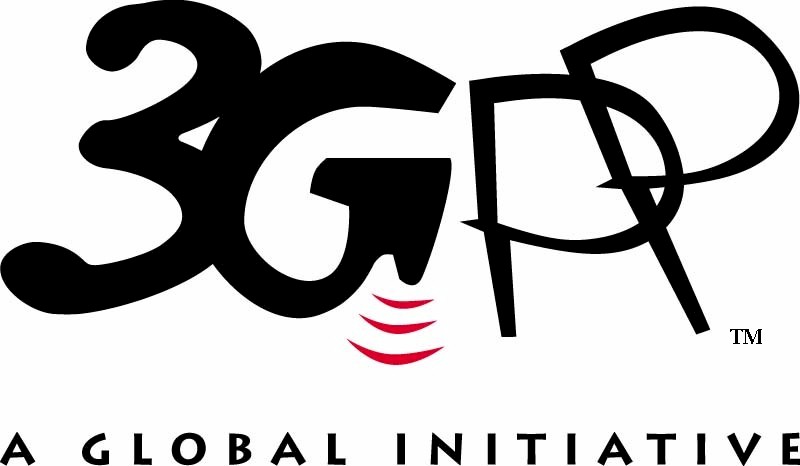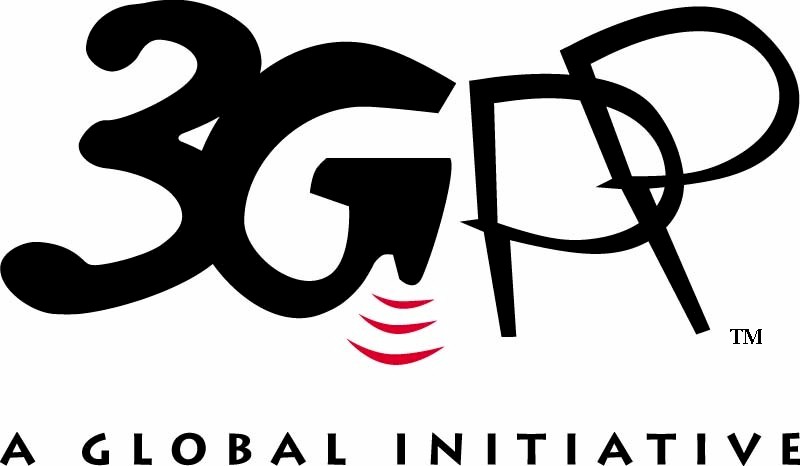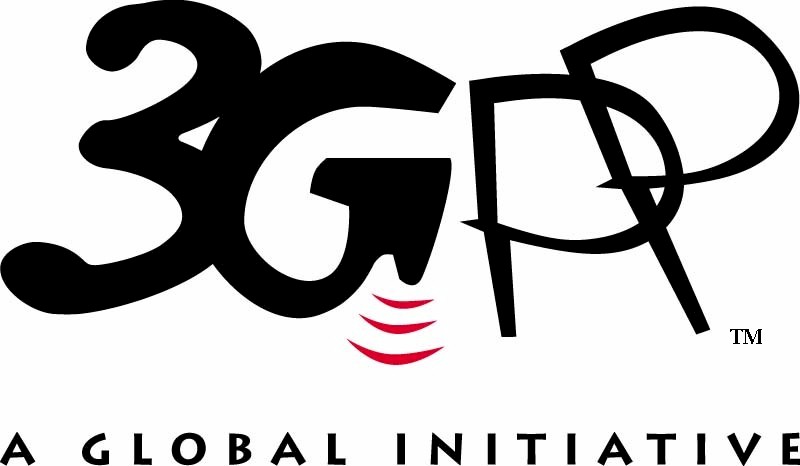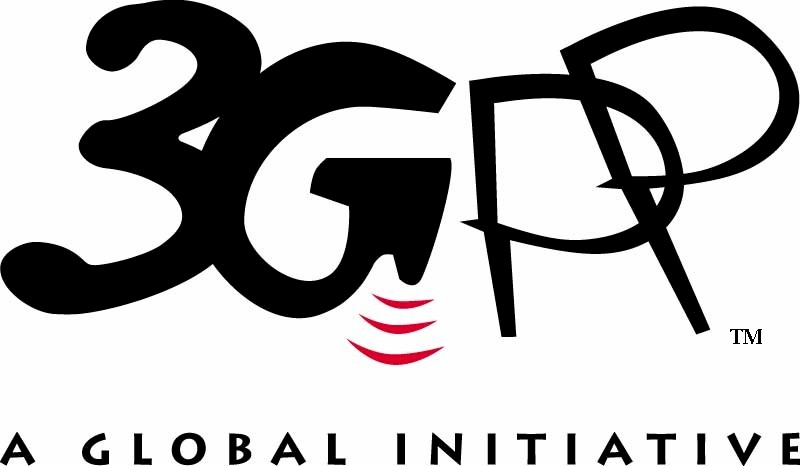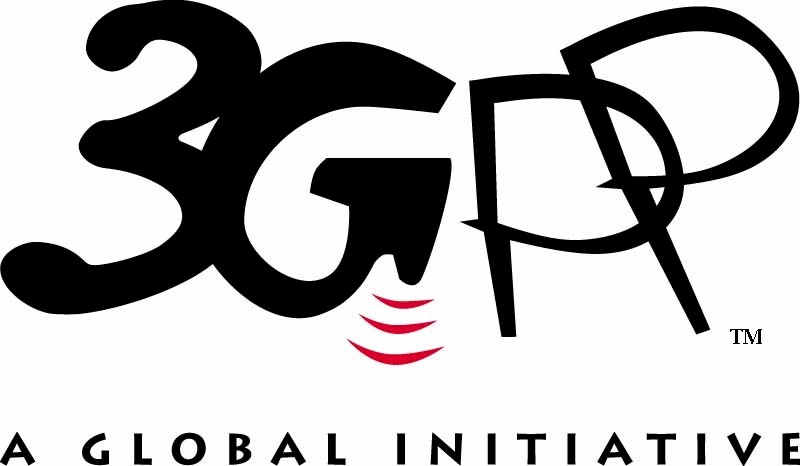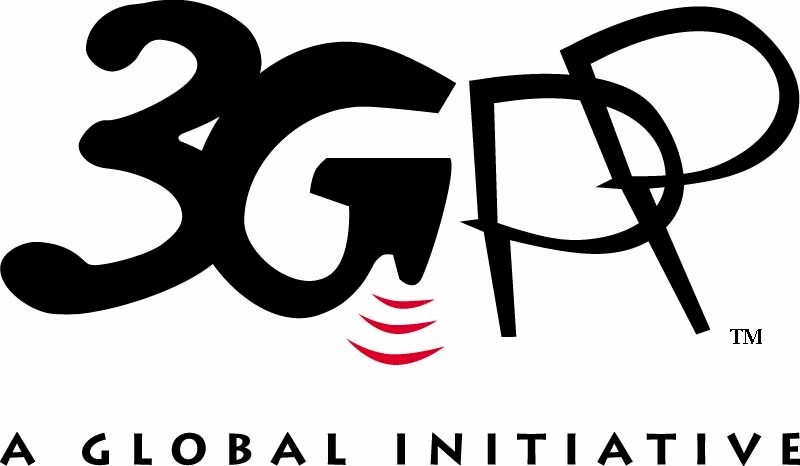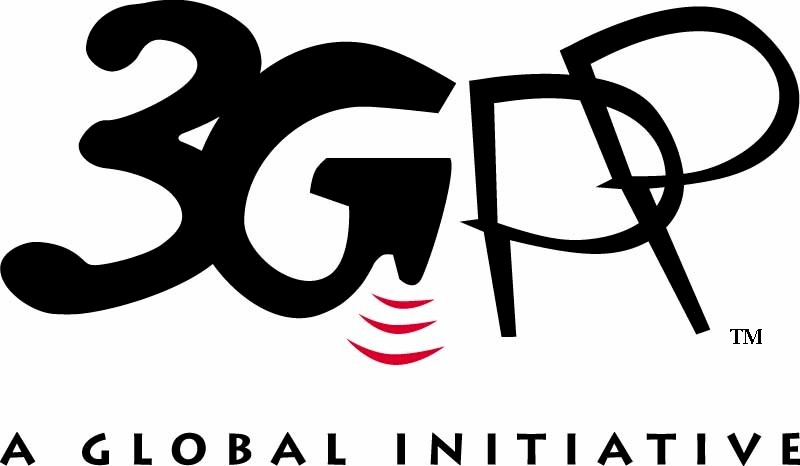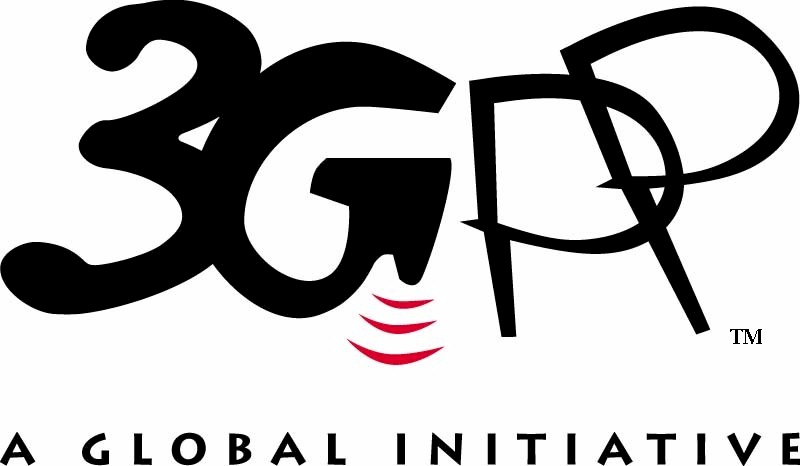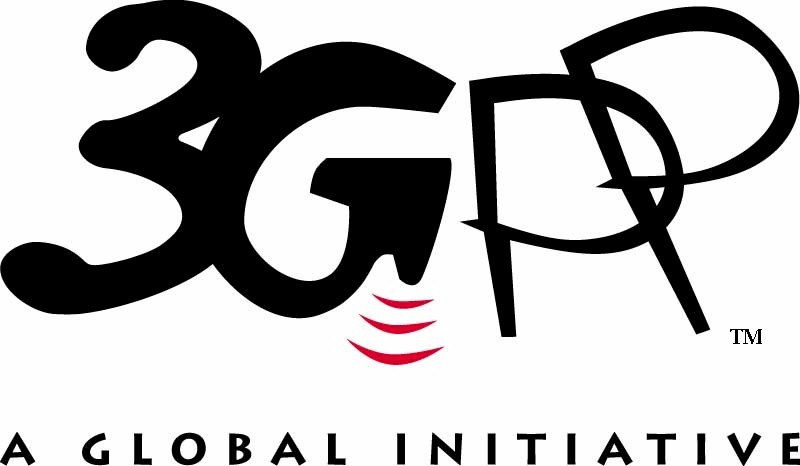3GPP TSG RAN WG6 - GERAN and UTRAN radio and protocol
The 3rd Generation Partnership Project (3GPP) is the primary body for developing technology specifications for cellular networks. It self-organises through its Working Groups coordinated by the Chairs of the Technical Specifications Groups (TSGs).
RAN WG6 (GERAN and UTRAN radio and protocol is responsible for the development of specifications dealing with GSM/EDGE Radio Access Network (GERAN) and UMTS Radio Access (UTRA) aspects, and interfaces.
Specifically RAN WG6 is responsible for:
- RF aspects of GERAN.
- GERAN Radio Layer 1 specification.
- GERAN Radio Layer 2 specification.
- GERAN Radio Layer 3 RR specification.
- A interface specification, Gb interface specification.
- Internal GERAN interface specifications such as Abis, and Ater (Channel Codec Unit-Transcoder and Rate Adapter Unit).
- GERAN functionality related to the support of location services.
- Conformance test specifications for testing of all aspects of GERAN base stations.
- Specifications for GERAN radio performance and RF system aspects.
- GERAN specific operation and maintenance specifications for the nodes in the GERAN.
RAN WG6 is also responsible for the specification of the physical layer of the Uu radio Interface for UE, UTRAN, covering both FDD and TDD modes. It carries out work related to handling of the physical layer related UE capabilities and to physical layer related parameters used in UE tests developed in TSG RAN. RAN WG6 is also responsible for UTRA aspects.
